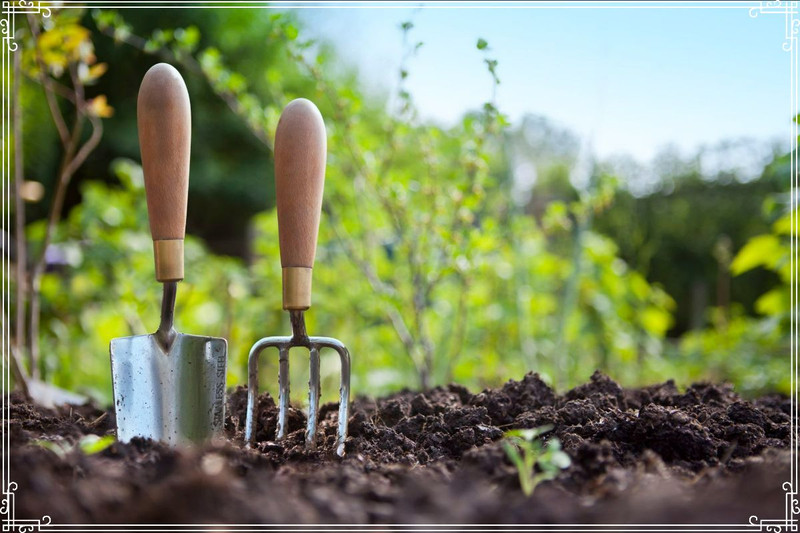This year’s winter here in the Pacific Northwest has been an interesting one for sure. Relatively mild and dry weather had me outside hiking through most of the early winter season, then the surprise Icepocalypse kept me inside for a week! Our most recent cold spell, that is just letting up as I write, looks to be our last as the temps in the extended forecast hold the promises of the coming spring.
Spring. The real start of the New Year, filled with energy and potential. All the daydreams and planning from the winter are now ready to be turned into action as we prepare for another season of abundance. The returning birdsong and longer days call us back out to the garden, who is already waking up for the season.
Have you spent time in the garden yet this year? What have you seen? Does your to-do list for the year seem daunting? For me, getting back to the basics and getting prep work out of the way helps keep me on track for the rest of the season.
Here's a few simple activities to consider right away, pulled from our Archives:
1) Relax & Observe. Following up from the design article last month, it's always a good idea to slow down and take closer look at what's happening in your garden - before you do anything else! There may be important lessons to learn.
2) Weeding & Pruning. Pulling grasses and invasive plants around and within your beds frees up light and nutrients for your chosen perennial and native plants. Pruning dead flower stalks and branches can improve aesthetics and reduce disease. Take special care not to remove any native seedlings that might be sprouting from last year's seed or runners!
2) Fertilize. Even though the buds are barely breaking, underground the root systems of perennials in the NW are actively growing already. Early spring is the best time to fertilize plants to get a head start on the season's growth. Focus high nitrogen organic fertilizer on younger plants that need the extra energy to establish themselves and become more self-sufficient. (For bulbs, use a high phosphorus fertilizer.)
3) Mulch (if you haven't yet). Many folks will mulch in the fall, making spring weeding a breeze. If you haven't, do so after weeding with a thin mulch of woodchips or leaves to keep the weeds down, prevent fertilizer from washing away, and build healthy soil. Choosing a bright bark mulch can also add beauty and color to the garden.
4) Prepare Planting Sites. In the Northwest, it's a good time to start prepping the soil for this spring's plantings. Planting sooner allows more time for the plant to establish before the summer drought. There may be an empty spot from a plant that didn't make it last year, or a new area you're establishing. Amend the planting holes and get your new natives in the ground!
5) Enjoy the Process. The most important thing is that you just get out there into the yard and enjoy yourself. Gardening is just as much about joy and well-being as it is about anything else. Don't let worrying about doing it wrong prevent you from doing anything at all. You'll reap the benefits of feeling more connected to yourself and the Earth.
Have a wonderful spring season!
- From everyone here at Native Foods Nursery.
